From uber-regulated to Uber-innovative.
Listen To You Tell Me Texas Friday 7/18/14
Download
If you ever travel to major cities such as New York or Washington the need for transportation within the city has almost always meant hailing a cab. The experience is never great and in many cases it’s downright awful.
Yet taxicabs are among the most regulated of businesses.
In New York City, where hailing a cab is an almost inevitable feature of any trip, it can cost a million dollars or more for a taxicab operator to obtain a New York City taxi medallion – a fact that regulators assure us weeds out the riff-raff.
But the by-product of such a formidable government-mandated barrier to entry is that the taxi industry in New York (and in most other cities) is effectively a cartel – complete with the fixed prices and limited consumer options intrinsic to every cartel.
All this regulation, we are told, is so that consumers may be assured that taxis are safe and so that taxi drivers won’t rip us off.
And yet, despite a set of regulations as thick as a phone book, most taxi rides range from mildly to completely unpleasant. No place more so historically than in Washington, D.C., home to the most notoriously terrible taxis of any major city in the U.S.
So on a recent trip to D.C., I tried the service called Uber. Uber is not a taxicab company. It’s what is called a “transportation network company” or TNC. Think of it as a cooperative network of independent intra-city transportation providers.
Uber drivers use their own (very nice) cars and are summoned by a free and very user-friendly smartphone app. The app tells the driver where you are and shows you on a map where the driver is and when he will arrive. At the end of the ride, you rate the driver and his aggregate rating is visible to his next customer. (On none of my Uber rides was the driver rated less than 4.8 on a 0 to 5 scale. I gave ‘fives’ every time.)
Many of my Uber rides came with cold bottles of water in the backseat cupholders free for the taking and candies and mints in a tray on the seat. The experience was in every case an order of magnitude better than a Washington, D.C. cab for about 40 percent less cost.
Wherever I go, if Uber is available, I’ll never hail a cab again. I have seen the future of point-to-point travel in major cities and it’s not municipally-regulated taxicabs.
So of course, the taxi cartels and regulators are doing all they can to crush TNCs like Uber. It would never occur to entrenched taxi owners to emulate them. They’ll instead make maximum use of government muscle against those who would dare innovate.
That heavily regulated industries never innovate and are therefore easily beaten by entrepreneurs who do is forever lost on those who believe in the goodness of government.
But now that I’ve seen the taxi industry stood on its head by creative, free-market innovation, I’m (again) imagining what the health care industry would look like if the government got out of it.
Perhaps we’d have the Uber-equivalent smartphone app for finding a doctor — at 40 percent less than what seeing a doctor costs now.

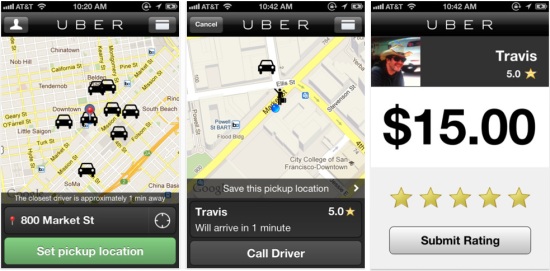

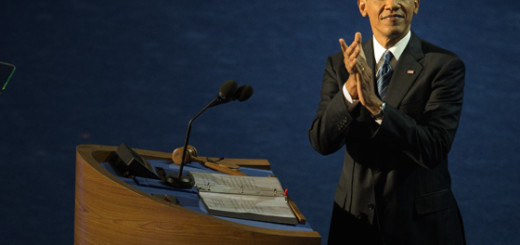

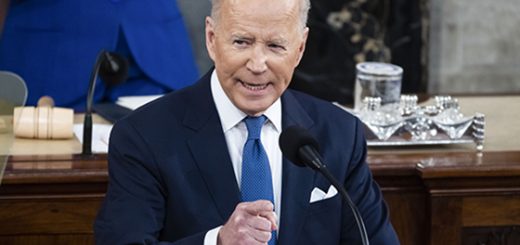

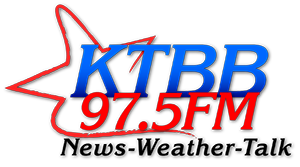
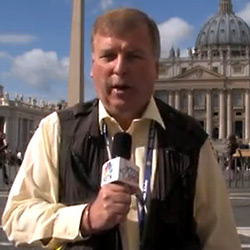
Good example & one for thought.
Your point also concerning the health care in the USA Is also seen by me in talking to young, single consumers.
Most of those I talked to are now asking their docs for cash only appointments.
The ‘added cash costs’ along with health care on top of the premiums plus hassles about where to go & so forth are turning people off.
Docs will give a ‘discounted’ fee to patients to avoid the lengthy delays in insurance returns, hiring more people to process the ever growing red tape involved ,etc.
Also many are also NOT going to ER rooms because’ they don’t do anything, charge you then send you home as sick as you came in or give you pain meds you neither want or will use” ( like for broken ribs/toes/ fingers) & take time off your work you do not get compensated for.
Yes, health care is changing….is it better??
Government regulations have never been in the favor of the people, their welfare or wealth. Government has become a cancer that needs to be cut out and the body healed. Your example is right on the money as to what I am saying. The postal service is a prime example as well. If it were privatized, I believe that we would see a vast improvement over what we have now!!! Such is with anything pertaining to government…less is always better!